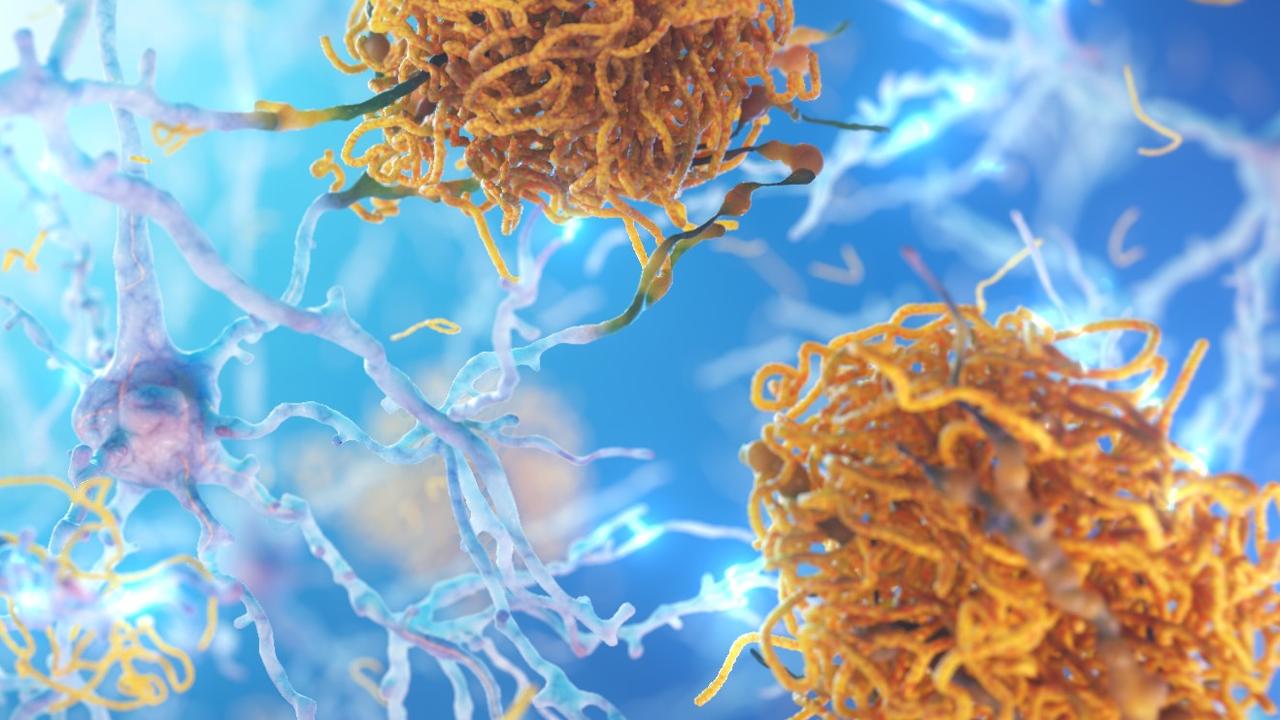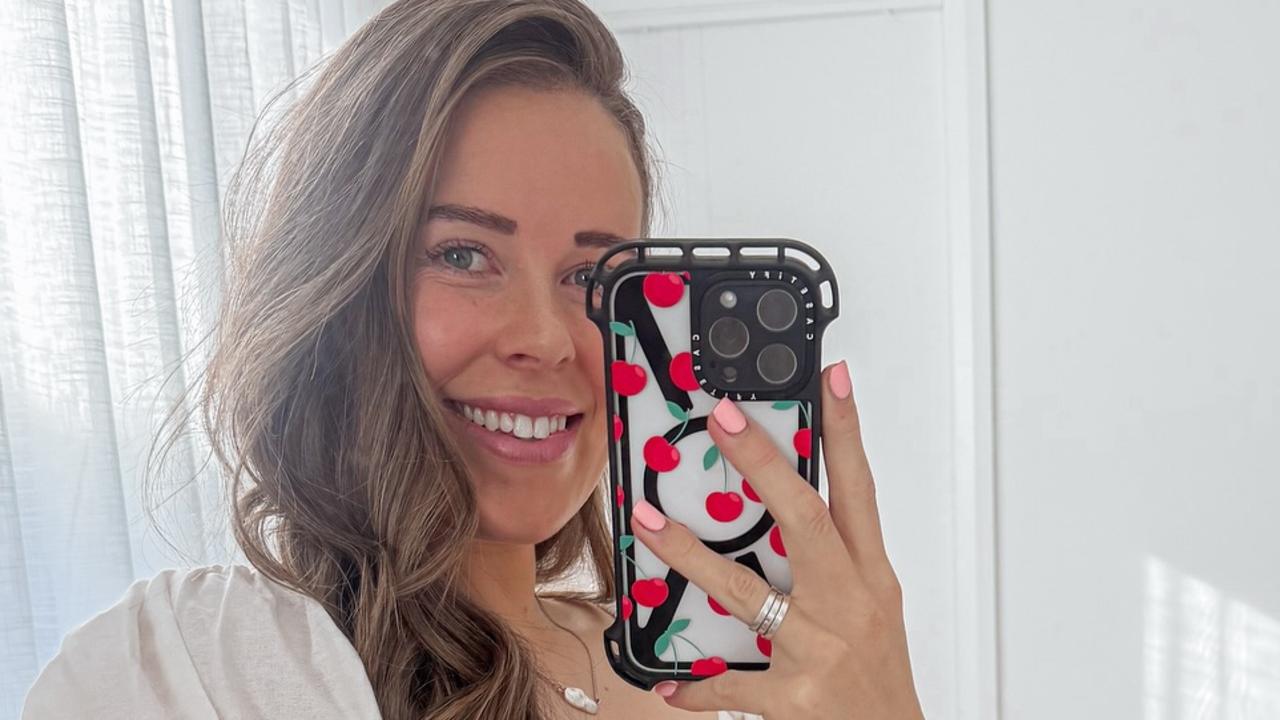Researchers figure out people can remember 5000 faces
IT’S a much-loved childhood classic but do you know how many faces your brain really should remember?
DO you remember Herman or Frans? Maybe Claire or Maria?
Either way, it’s their faces you should remember over their names.
Scientists have figured out the average number of faces we can remember is about 5000.
But the UK team said that did not necessarily mean you could remember their names.
The researchers combined separate measures of recall and recognition to come up with the figure and said most people could remember between 1000 and 10,000 faces.
Turns out there can be quite a difference.
The scientists suggested those who could remember fewer faces may pay less attention to facial features than those who can remember more.
They also said they might live in smaller populations, meaning they’ve had fewer faces to remember over their lifetimes.
Researchers know people vary widely in their ability to identify faces, but they do not know why.
Countless studies have been done over decades to figure out the science behind the process, with both humans and monkeys.
One theory is that some people know more faces than others, similar to how vocabulary size affects language ability.

Until now, there had been no method for estimating the number of faces people knew.
Anthropological research indicates that people maintain social networks of about 100 to 250 individuals, while forensic analysis often models off trillions of unique face patterns.
The study involved 25 undergraduate or postgraduate students at University of Glasgow and University of Aberdeen in Scotland.
In the recall part of the exercise, researchers stipulated that the participant should be able to form a clear mental image of the face or believe that they would recognise the face if they saw it.
For recognition, participants needed to able to recognise two different images of a known person.
Participants recalled significantly more personally known faces than famous faces.
The researchers said their method opened the door to tracking face knowledge across the lifespan, and to improving identification in applied settings.
They said future work on the topic might gain additional insights from internet search and social network data.




